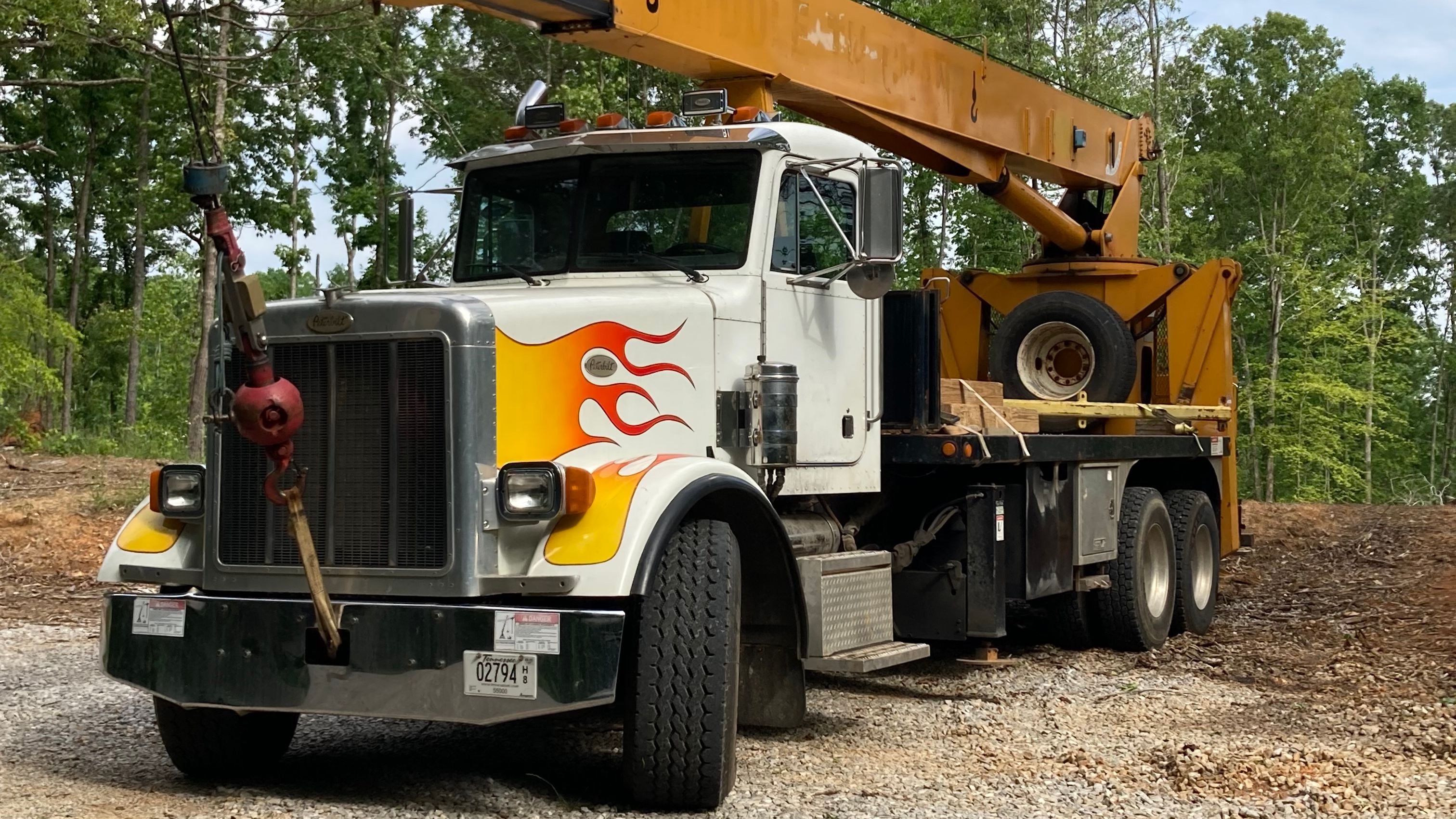
Crane work can be the backbone of any construction or installation project—but it can also be the biggest liability when not handled with care and preparation. At Upper Cumberland Crane, LLC, we’ve seen it all: overlooked setup areas, unsafe rigging, poor communication, and more. These mistakes don’t just slow the job down—they can lead to damage, injuries, or even complete project shutdowns.
Whether you're a general contractor, project manager, or homeowner overseeing a lift in Middle Tennessee, understanding the most common crane-related mistakes can help you avoid them. Let’s break them down, and show you how our team ensures safety and success with every lift across the Upper Cumberland region.
1. Inadequate Site Prep and Crane Setup
The most overlooked (and most important) part of crane work happens before anything is lifted.
Crane setup mistakes often include soft or uneven ground, overhead powerlines, or inadequate space for boom extension. When the crane isn't properly leveled or staged, it becomes a hazard to everyone on site.
Solution:
We always conduct a pre-lift walk-through and consult with our clients to ensure access, staging, and terrain are safe for crane placement. On the day of your lift, our operator inspects the setup location and uses appropriate cribbing to level the crane as needed.
2. Poor Communication Between the Operator and Crew
Even a highly skilled crane operator can’t work safely if the crew isn’t on the same page. Miscommunication can lead to a truss or unit swinging uncontrolled, being dropped in the wrong spot, or endangering someone on the ground.
Solution:
We use hand signals or radios, depending on the job, and always review communication protocols before lifting begins. Our team maintains constant verbal or visual contact with the lift crew.
3. Rigging Mistakes and Unsafe Load Attachment
Improper rigging is one of the most dangerous crane mistakes—yet it’s also one of the most common. Using the wrong type of sling, attaching at the wrong balance point, or failing to check weight ratings can lead to catastrophic failure.
Solution:
Our operator is trained to inspect and handle all rigging. We use proper slings, spreader bars when necessary, and ensure every lift is balanced and secure before going in the air.
4. Lifting in Unsafe Weather Conditions
In Middle Tennessee, weather can change quickly. Wind gusts, rain, or lightning create a dangerous environment for crane work. Unfortunately, some crews try to push through the job without proper weather checks.
Solution:
We monitor weather conditions closely and always prioritize safety. If wind speeds exceed limits or lightning is nearby, we stop or reschedule the lift. No job is worth the risk.
5. Not Following a Clear Lift Plan
Some job sites treat crane use as an afterthought—calling one in last minute and hoping the crew figures it out on the fly. This results in confusion, wasted time, and unsafe conditions.
Solution:
We always recommend scheduling your crane well in advance. Our team helps develop a lift plan that outlines rigging needs, sequence of lifts, and where each material will be staged. It’s not just about lifting—it’s about logistics.
We Help You Avoid These Mistakes from Day One
At Upper Cumberland Crane, LLC, we’ve built a reputation across Cookeville, Sparta, Livingston, and the rest of Middle Tennessee by prioritizing safety, communication, and preparation. Whether you’re lifting roof trusses, HVAC units, or steel beams, we’ll help you get it done right the first time.
For more information on what we lift, see our full crane services or contact us for a quote today.
